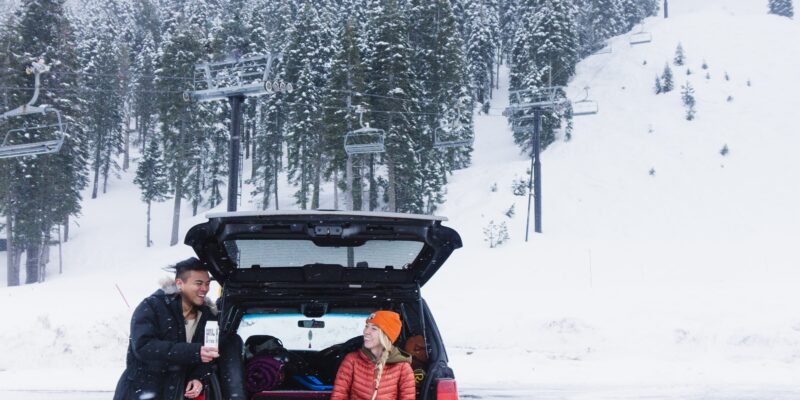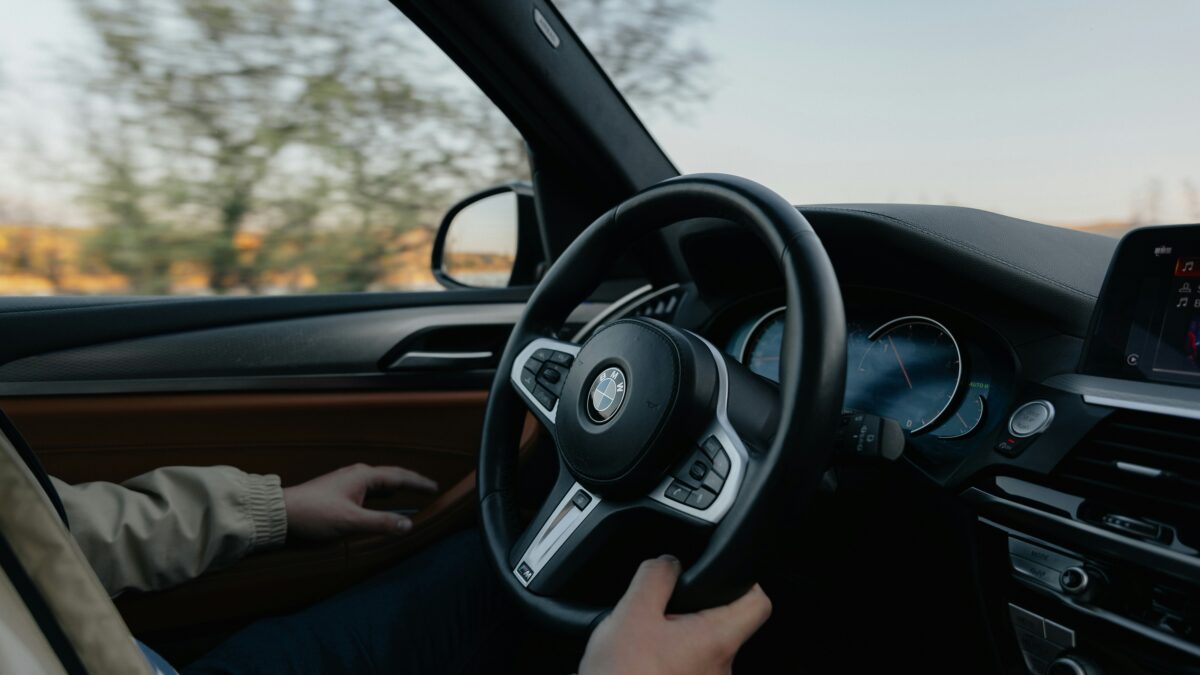Defensive Driving in Winter — What To Know
It’s important to develop your defensive driving skills all year long, but it becomes even more critical to know how to drive defensively in the winter. Whether you live where a foot of snow on the ground is normal or the worst you get is a heavy rainstorm, you need to be prepared for what happens to roadways during the winter months.
Check out the best tips for defensive driving in winter:
Prepare your vehicle
The first step to driving defensively in the winter should happen even before you get into the vehicle. You should have your vehicle inspected by a mechanic before cold weather arrives. They will check your brakes, tires, fluid levels, and more. Depending on where you live, you may even switch out your performance or summer tires for a winter set.
While it’s important to have good brakes and enough tread on the tires anytime, it becomes more of a hazard in the winter if not taken care of. Thinner tread or brakes that aren’t working well make it difficult to stop quickly on slippery roads. Take your vehicle in for maintenance before winter arrives to make your travels safer in the cold weather.
Take the time to clean your car
Have you seen those vehicles on the road with a pile of snow on the roof and hood? Or cleared circles in the windshield. A vehicle that hasn’t been cleaned off before getting on the road is a danger to everyone.
Make sure the entire windshield is cleaned off, along with the side and rear windows. If you only clean off a small part of the glass, you’re limiting your range of vision. A vehicle could pass in front of you from the side, and you might not see them because of the ice on the windshield. Snow left on a hood can blow off in large chunks when the wind hits it as you travel. If it blows onto another vehicle, you could cause an accident.
Allow more room and more time for defensive driving in winter
Most accidents happen because someone is in a hurry regardless of the time of year. In the winter, you need to allow more time than normal to reach your destination in case of adverse road conditions.
Once you’re on the road, keep more distance between you and the vehicle ahead than what you normally would. Slick roads can make it harder to stop, which means you need more room in case you slide to a stop. Another reason to keep your distance is to prevent becoming involved in an accident if the vehicle in front of you spins out of control.
Don’t hit the brakes
For many people, the first instinct when the vehicle starts to slide is to hit the brakes. However, this can cause the vehicle to spin even more out of control. Instead, defensive driving states that you should take your foot off the accelerator. Then turn the steering wheel completely to the side. This will help you slowly come to a stop, so you can get the vehicle back under control.
Take the time to practice driving in bad weather. Find an old parking lot with no other vehicles on a wet or snowy day and drive around at different speeds. Make your vehicle intentionally slide, so you can practice getting it back on track. As you do this a few times, it will become a habit you will automatically use when you’re in a real situation with a sliding vehicle.
The best advice for driving in dangerous winter conditions is don’t do it. If you can’t stay home, follow these tips to help you be the best defensive driver you can be.















